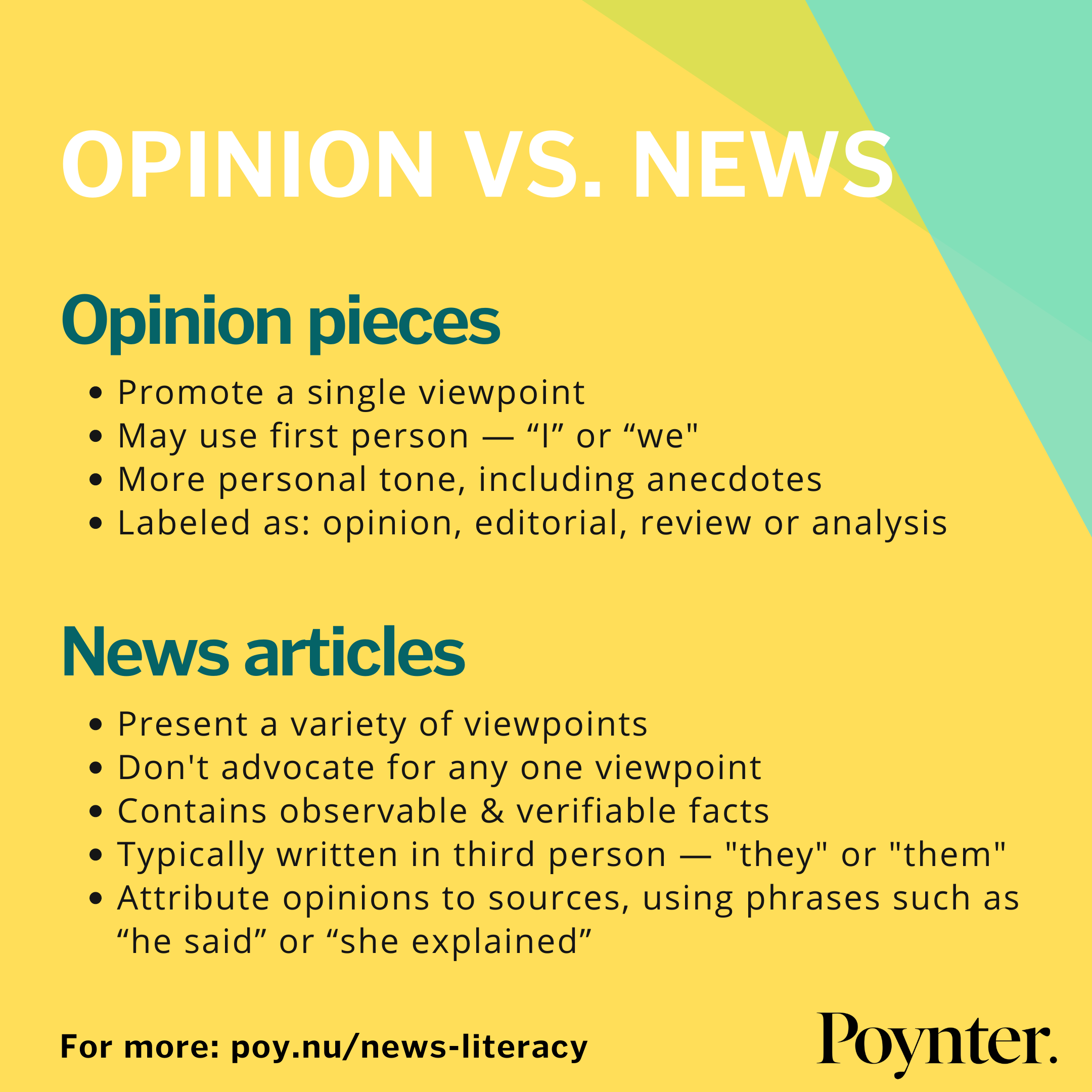

(Canva, 2022)
Social media use for news and information continues to climb as more users sign up to platforms and move away from traditional forms of media. 23% of Australians use social media as their primary source of news, of Australians born after 1997 that figure rises to 54% (Park et al, 2021, p.10). With social media so prolific in our daily lives, there is an increasing risk of sharing misinformation. For example, approximately two-thirds of Australians have come across false information relating to the COVID-19 pandemic on social media (Park et al, 2020). The current 'infodemic' sees communities faced with a deluge of information which includes false information that undermines effective health messaging, creates confusion and distrust in expert opinion, and ultimately results in real-world consequences such as intensifying and lengthening disease outbreaks (World Health Organization, 2022). Given the prevalence of false information in social media it is critical to have a firm understanding of how to how false information can spread and how to identify it.
The SIFT social media evaluation process is designed as a quick, practical list of actions when engaging with social media (Caulfield, 2019).

(Canva, 2022)
Unlike traditional media where is it easier to distinguish between news articles and opinion pieces, posts on social media are not obliged to clearly label what is news and what is opinion. This distinction is important to be aware of when deciphering information accuracy as opinion pieces are promoting a single viewpoint which typically suits the personal agenda of the author. This is in contrast to news articles which present a variety of viewpoints and seek to establish verifiable facts (Miller, 2020).

A filter bubble in an online environment where social media algorithms determine what information is presented to the user. The information presented is based on personal data and demographic trends and is designed to maintain the user's interest. Filter bubbles, also known as 'echo-chambers', gradually limit a user's exposure to different perspectives and ability to avoid bias and fake news.
Filter bubbles can create an environment where users are presented with information that adheres to their personal biases. Known as confirmation bias, this phenomenon "occurs from the direct influence of desire on beliefs. When people would like a certain idea/concept to be true, they end up believing it to be true...We pick out those bits of data that make us feel good because they confirm our prejudices. Thus, we may become prisoners of our assumptions." (Heshmat, 2015).
Be aware of the following:
(Ad Fontes Media, 2020)
Aberystwyth University. (2021). News and Media: Fake news and social media. https://libguides.aber.ac.uk/c.php?g=688883&p=4939302
Caulfield, M. (2019, June 19). SIFT (The Four Moves). Hapgood. https://hapgood.us/2019/06/19/sift-the-four-moves/
Heshmat, S. (2015, April 23). What Is Confirmation Bias? Psychology Today. https://www.psychologytoday.com/au/blog/science-choice/201504/what-is-confirmation-bias
Miller, E. (2020, July 15). Opinion, news or editorial? Readers often can’t tell the difference. Poynter. https://www.poynter.org/reporting-editing/2020/opinion-news-or-editorial-readers-often-cant-tell-the-difference/
Park, S., Fisher, C., McGuinness, K., Lee, J.Y. & McCallum, K. (2021). Digital News Report: Australia 2021. News & Media Research Centre. https://www.canberra.edu.au/research/faculty-research-centres/nmrc/digital-news-report-australia-2021
World Health Organization. (2022). Infodemic. https://www.who.int/health-topics/infodemic

